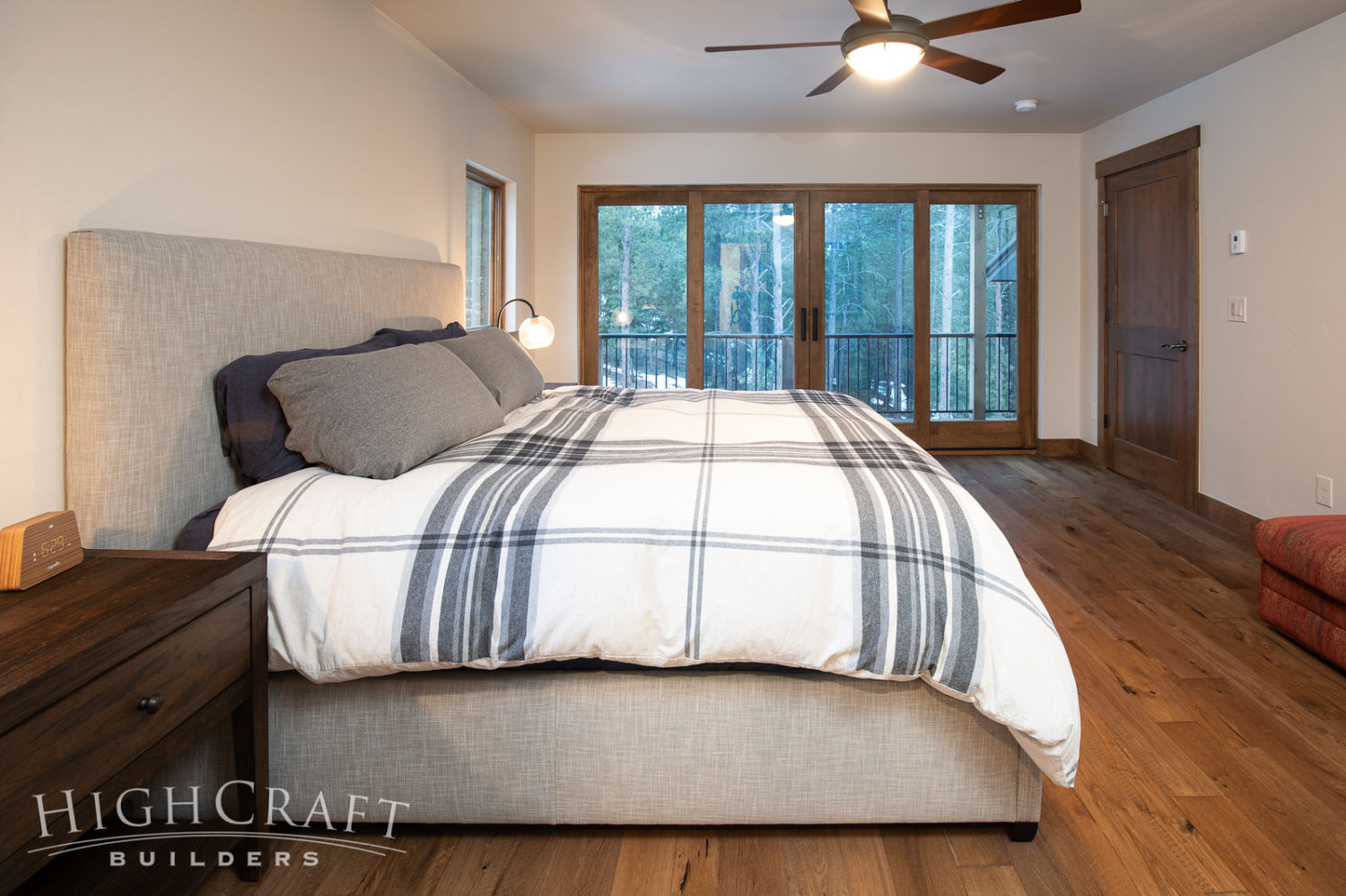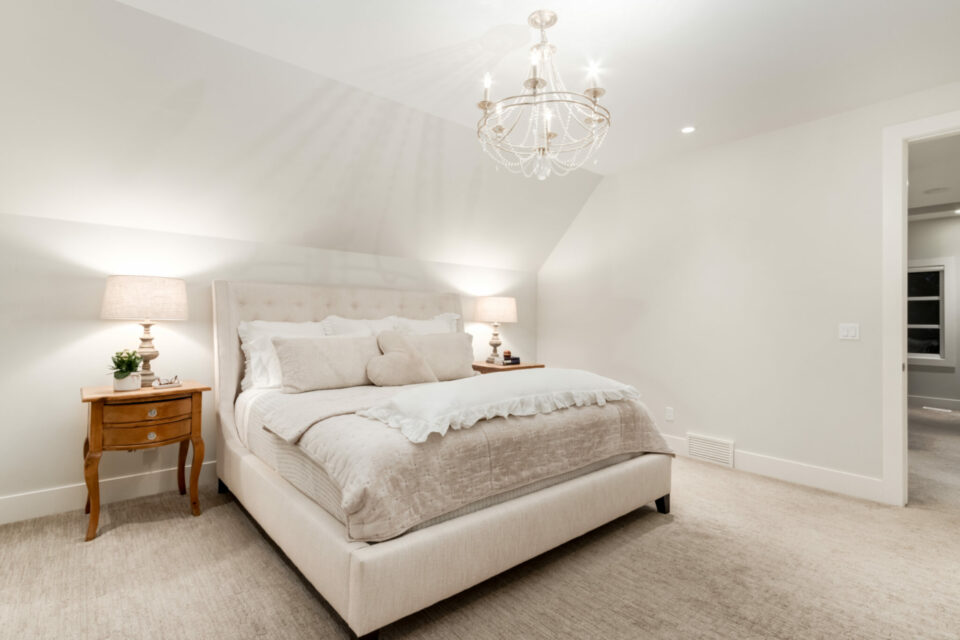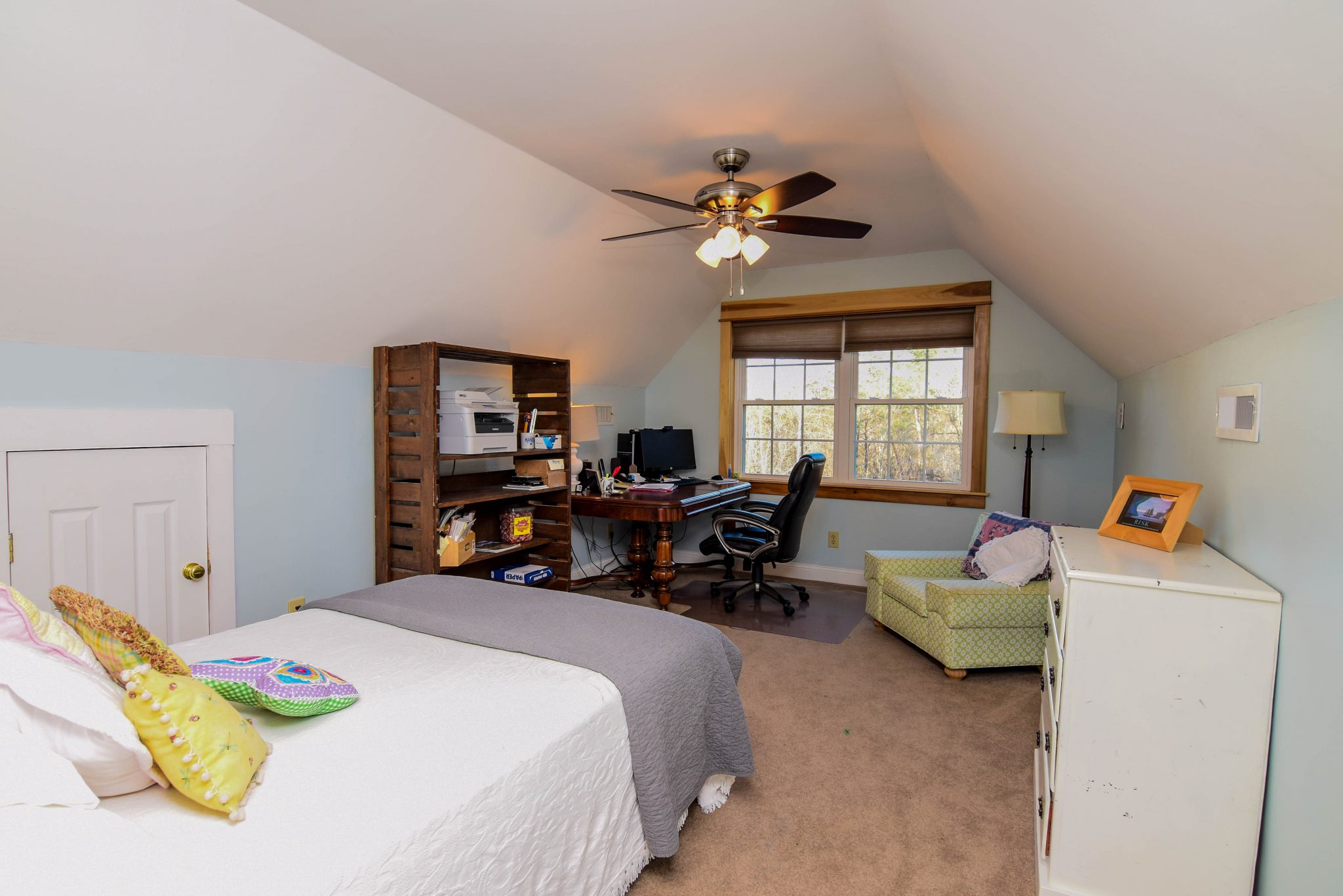Planning and Design

Adding a second-floor bedroom to your home can be a fantastic way to expand your living space, increase your property value, and create a cozy haven for yourself or a loved one. However, like any home improvement project, it comes with its own set of considerations and challenges.
Benefits and Challenges of Adding a Second-Floor Bedroom
Adding a second-floor bedroom offers a range of benefits, but it’s crucial to be aware of the potential challenges as well.
- Benefits:
- Increased living space: An extra bedroom provides more room for family members, guests, or even a home office.
- Enhanced property value: A second-floor bedroom addition often increases the overall value of your home.
- Improved functionality: You can create a dedicated space for specific needs, such as a nursery, a guest room, or a home gym.
- Challenges:
- Structural considerations: You’ll need to ensure your existing structure can support the additional weight of the second floor.
- Cost: A second-floor addition can be a significant investment, requiring budgeting for materials, labor, and permits.
- Permits and approvals: Obtaining the necessary permits from your local municipality can be a time-consuming process.
Architectural Styles for Second-Floor Bedroom Additions
The architectural style of your second-floor bedroom addition should complement the existing style of your home. Consider these popular options:
- Modern: Characterized by clean lines, minimalist design, and a focus on functionality. Often incorporates large windows and open floor plans.
- Traditional: Emphasizes classic elements such as gables, dormers, and decorative trim. Think of Colonial, Victorian, or Craftsman styles.
- Contemporary: Blends modern and traditional elements, often featuring bold colors, geometric shapes, and a focus on natural materials.
Designing a Floor Plan for a Second-Floor Bedroom Addition
A well-designed floor plan is crucial for maximizing space and functionality. Here’s a sample floor plan for a second-floor bedroom addition:
- Bedroom: The primary space, with ample room for a bed, dresser, and nightstands. Consider adding a walk-in closet for storage.
- Bathroom: A private bathroom with a shower, toilet, and vanity. If space allows, consider adding a bathtub or a double vanity.
- Sitting area: A small sitting area can provide a cozy space for reading or relaxing. It can be incorporated into the bedroom or a separate nook.
Cost Breakdown for a Second-Floor Bedroom Addition
The cost of a second-floor bedroom addition can vary significantly depending on factors like location, materials, and labor costs. Here’s a general cost breakdown:
- Materials: This includes lumber, roofing, siding, windows, doors, and fixtures. Expect to spend between $15,000 and $30,000.
- Labor: Hiring skilled contractors for framing, roofing, plumbing, electrical, and finishing work can add up. Estimate between $20,000 and $40,000.
- Permits: The cost of permits will vary depending on your location. Budget around $1,000 to $3,000.
- Other expenses: Factor in costs for landscaping, painting, and interior design.
Obtaining Permits and Approvals
Before starting construction, it’s essential to obtain the necessary permits and approvals from your local municipality. Follow these steps:
- Research local building codes: Understand the specific requirements for second-floor additions in your area.
- Submit a building permit application: Include detailed plans, specifications, and calculations.
- Attend a site inspection: A building inspector will assess the project and ensure compliance with codes.
- Obtain necessary approvals: Once your plans are approved, you can begin construction.
Construction and Materials

Building a second-floor addition in Jakarta South requires careful consideration of construction techniques and materials to ensure structural integrity and a stylish, functional living space.
Framing Techniques
The framing technique is crucial for the structural support of the new floor. Here are some common methods:
- Wood Framing: This traditional method uses lumber for walls, floors, and roofs. It’s affordable, easy to work with, and provides good insulation.
- Steel Framing: Steel framing is increasingly popular due to its strength, durability, and resistance to fire and pests. It’s also more resistant to warping and shrinkage than wood.
- Concrete Framing: Concrete framing is often used for high-rise buildings, but it can also be used for second-floor additions. It’s very strong and durable but requires specialized equipment and skilled labor.
Roofing Options, Second floor bedroom addition
Choosing the right roofing material is essential for protecting your home from the elements.
- Asphalt Shingles: Affordable and readily available, asphalt shingles are a popular choice for second-floor additions. They come in various styles and colors.
- Metal Roofing: Metal roofing is durable, fire-resistant, and energy-efficient. It comes in various styles, including standing seam, corrugated, and tile.
- Tile Roofing: Tile roofing is a classic and elegant option, known for its durability and longevity. It can be quite expensive, however.
Window and Door Installation
Installing windows and doors in the new bedroom requires precision and attention to detail.
- Window Installation: Windows should be properly framed and sealed to prevent leaks and drafts. Energy-efficient windows with double- or triple-pane glass are recommended for Jakarta’s tropical climate.
- Door Installation: Doors should be securely installed and properly fitted to ensure smooth operation and security. Consider using high-quality doors with robust frames and secure locks.
Insulation
Insulation is crucial for maintaining a comfortable indoor temperature and reducing energy bills.
- Fiberglass Insulation: Fiberglass is a common and affordable insulation material. It’s effective in reducing heat transfer but can be itchy and irritating.
- Spray Foam Insulation: Spray foam insulation is a more expensive option but offers excellent insulation and air sealing. It’s also a good choice for irregular shapes and hard-to-reach areas.
- Cellulose Insulation: Cellulose insulation is made from recycled paper products. It’s environmentally friendly and provides good insulation.
Essential Tools and Equipment
- Power Tools: A circular saw, drill, impact driver, and nail gun are essential for framing and construction.
- Hand Tools: Hammers, screwdrivers, wrenches, pliers, and measuring tapes are necessary for various tasks.
- Safety Equipment: Safety glasses, gloves, ear protection, and a hard hat are crucial for protecting yourself from potential hazards.
Interior Design and Finishing: Second Floor Bedroom Addition

Okay, so now that the bones of your new bedroom are up, let’s get into the fun stuff! Interior design is where you can really make your space your own. We’ll be looking at how to create a layout that works for you, how to choose colors and decorations that match your existing home, and the best flooring options for your new bedroom. We’ll also dive into how to finish the walls and trim, and finally, some tips for making your new space comfortable and functional.
Bedroom Layout
A well-designed layout is key to a comfortable and functional bedroom. Consider the size and shape of the room, and how you plan to use the space. For example, if you need a lot of storage, you might want to incorporate a built-in wardrobe or dresser. You’ll also want to think about the placement of furniture like a bed, nightstands, a desk, and seating.
Color Palettes and Decorative Elements
The color palette you choose can have a big impact on the overall feel of your bedroom. If you want a calming and relaxing space, consider using soft, neutral colors like white, gray, and beige. For a more vibrant and energetic space, you could opt for bolder colors like blue, green, or yellow.
When it comes to decorative elements, think about the existing style of your home. If you have a modern home, you might want to incorporate sleek and minimalist elements. If you have a traditional home, you might want to use more ornate details.
Flooring Options
Here are some common flooring options for bedrooms:
* Hardwood: Hardwood floors are durable, elegant, and can add value to your home. However, they can also be expensive.
* Carpet: Carpet is soft and comfortable underfoot, and it can help to absorb sound. It’s also relatively affordable. However, carpet can trap dust and allergens.
* Tile: Tile is durable and easy to clean. It’s also a good option for bathrooms and kitchens. However, tile can be cold underfoot.
Drywall Installation and Finishing
Drywall is a common material used for walls and ceilings in homes. It’s relatively inexpensive and easy to install. Here are the steps involved in installing and finishing drywall:
1. Framing: The first step is to install the framing for the walls and ceilings. This is typically done using wood studs or metal tracks.
2. Installing the Drywall: Once the framing is in place, you can install the drywall panels. The panels are attached to the framing using screws or nails.
3. Taping and Mudding: After the drywall is installed, you need to tape the seams and apply joint compound (mud). This helps to create a smooth, seamless finish.
4. Sanding: Once the mud has dried, you need to sand the seams to remove any bumps or imperfections.
5. Painting: The final step is to paint the drywall. You can choose any color you like.
Tips for Creating a Comfortable and Functional Living Space
Here are some tips for making your new bedroom a comfortable and functional space:
* Natural Light: Maximize natural light by choosing windows that are large and strategically placed.
* Artificial Lighting: Incorporate a variety of lighting options, such as overhead lighting, lamps, and sconces.
* Storage: Don’t forget to plan for adequate storage space. This could include built-in closets, dressers, or shelves.
* Comfort: Choose comfortable bedding and furniture that you love.
* Personal Touches: Add personal touches, such as artwork, plants, and throws, to make your bedroom feel like your own.
Second floor bedroom addition – Membangun kamar tidur tambahan di lantai dua memang bisa nambah kenyamanan, tapi jangan lupa perhatikan juga lantai kamar tidurnya. Nah, kalau kamu lagi mikirin lantai kamar tidur utama, bisa diliat nih vinyl flooring in master bedroom , banyak pilihannya dan tahan lama.
Kalo udah selesai, kamar tidur baru di lantai dua bisa langsung dihuni, nyaman dan cakep!
Adding a bedroom to the second floor can be a great way to expand your living space, but remember to check for any unwanted guests. If you notice small brown flying bugs in your bedroom, it’s important to address the issue quickly.
You can find helpful tips and solutions on how to deal with small brown flying bugs in your bedroom online. Once you’ve taken care of the pests, you can enjoy your new bedroom addition with peace of mind.
